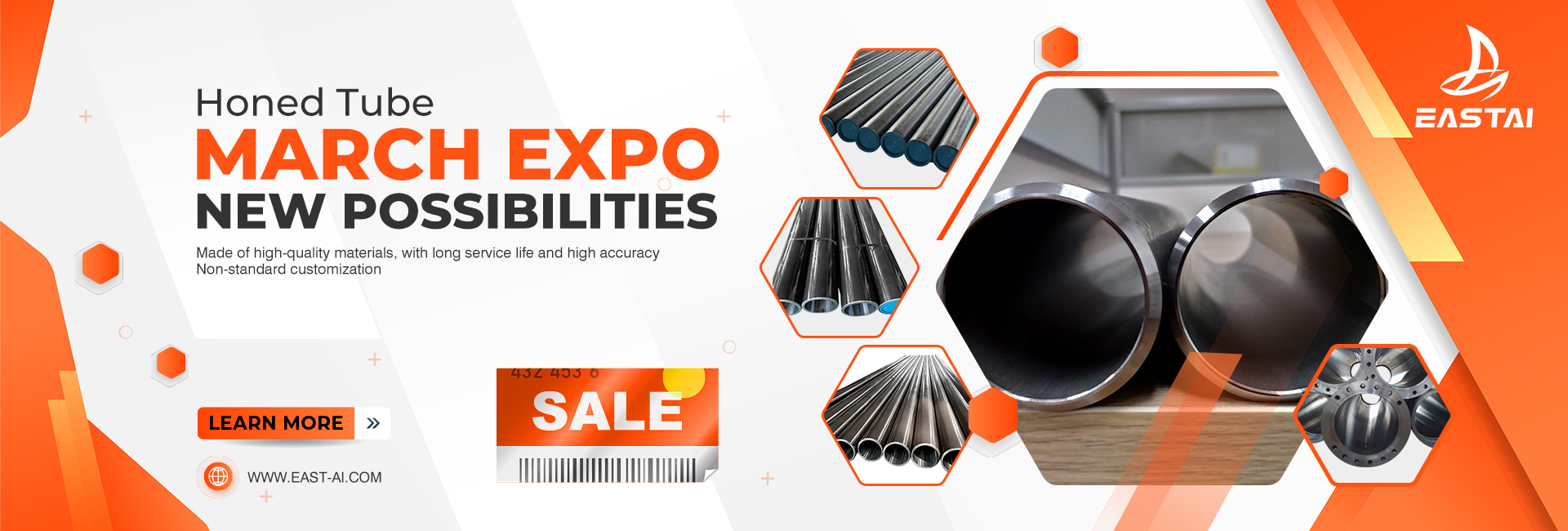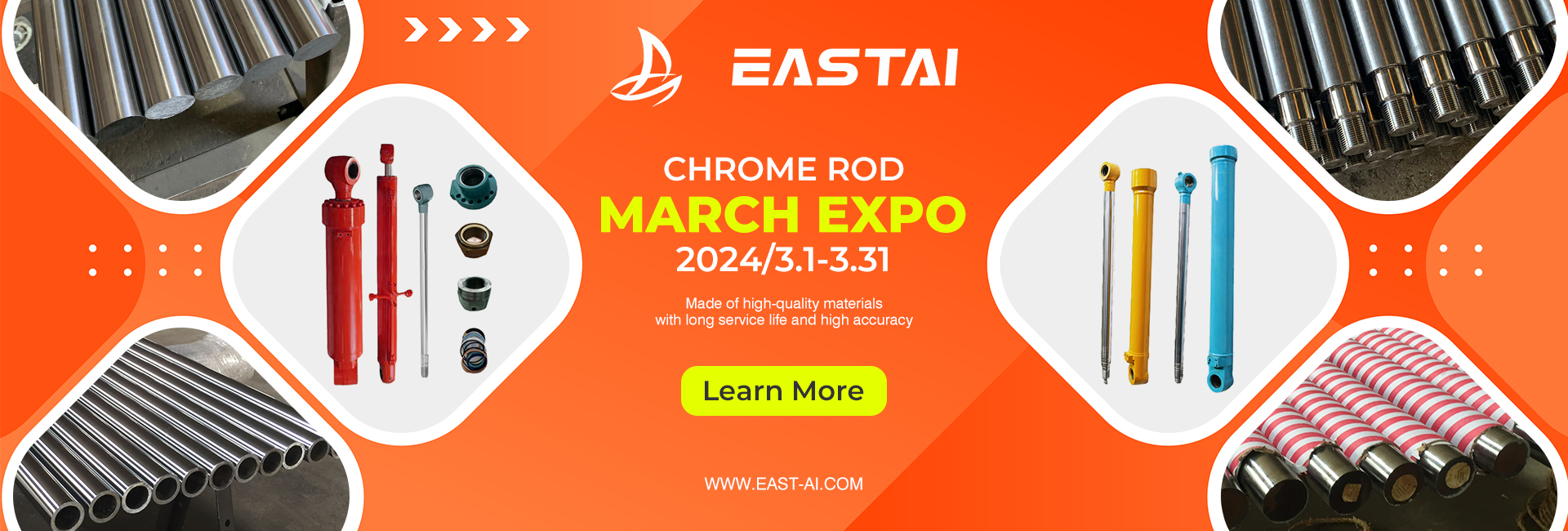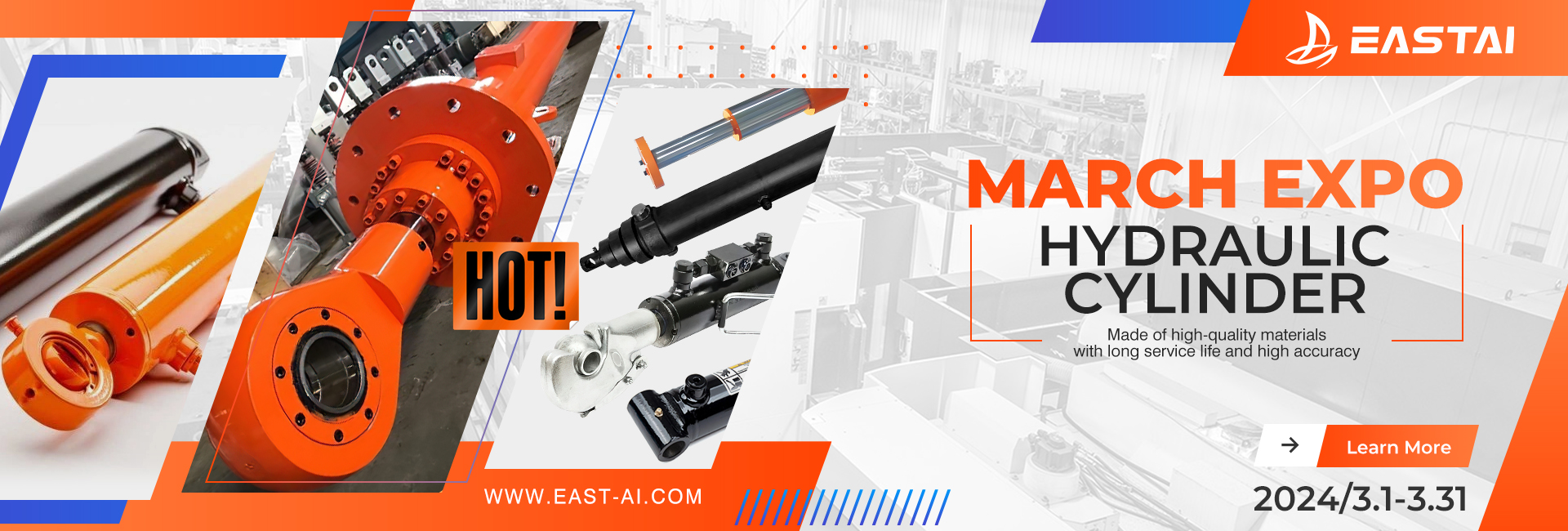Hydraulic cylinders are an essential component of a hydraulic system, which is a mechanism that uses fluid pressure to generate force and motion. Hydraulic cylinders can be found in a wide range of industrial applications, including construction equipment, agricultural machinery, and manufacturing machines. This article will delve deeper into the various types of hydraulic cylinders, their working principle, components, and applications.
Types of Hydraulic Cylinders:
There are several types of hydraulic cylinders, including single-acting cylinders, double-acting cylinders, telescopic cylinders, and rotary cylinders.
Single-acting cylinders: These cylinders use hydraulic pressure to move the piston in one direction, while a spring or other external force returns the piston to its original position.
Double-acting cylinders: These cylinders use hydraulic pressure to move the piston in both directions, providing greater control and versatility.
Telescopic cylinders: These cylinders consist of multiple cylinders nested within one another, allowing for greater stroke length without increasing the overall length of the cylinder.
Rotary cylinders: These cylinders generate rotary motion rather than linear motion, making them ideal for applications such as steering systems.
Working Principle of Hydraulic Cylinders:
Hydraulic cylinders work on the principle of Pascal’s law, which states that pressure applied to a confined fluid is transmitted equally in all directions. When hydraulic fluid is introduced into the cylinder, it applies pressure to the piston, causing it to move. The force generated by the piston is transmitted through the piston rod to the load being moved.
Components of Hydraulic Cylinders:
The main components of a hydraulic cylinder include the cylinder barrel, piston, piston rod, seals, and end caps.
Cylinder barrel: The cylinder barrel is the outer shell that contains the hydraulic fluid. It is typically made of steel or other high-strength materials.
Piston: The piston is the component that moves within the barrel, generating force and motion. It is typically made of steel or other high-strength materials and is designed to withstand high pressure.
Piston rod: The piston rod is connected to the piston and extends from the cylinder to transmit force to other components. It is typically made of steel or other high-strength materials and is designed to withstand high stress.
Seals: Seals are used to prevent hydraulic fluid from leaking out of the cylinder. They are typically made of rubber or other elastomeric materials and are designed to withstand high pressure and temperature.
End caps: End caps are used to close off the ends of the cylinder. They are typically made of steel or other high-strength materials and are designed to withstand high pressure.
Applications of Hydraulic Cylinders:
Hydraulic cylinders are used in a wide range of industrial applications, including construction equipment, agricultural machinery, and manufacturing machines. Some common applications include:
Construction equipment: Hydraulic cylinders are used in construction equipment such as excavators, backhoes, and bulldozers to power the movement of booms, buckets, and other attachments.
Agricultural machinery: Hydraulic cylinders are used in agricultural machinery such as tractors and harvesters to power the movement of plows, seeders, and other implements.
Manufacturing machines: Hydraulic cylinders are used in manufacturing machines such as presses, stamping machines, and injection molding machines to apply pressure and force during the manufacturing process.
Hydraulic cylinders are an essential component of a hydraulic system and are used in a wide range of industrial applications. Understanding the different types of hydraulic cylinders, their working principle, components, and applications can help improve their functionality and overall efficiency. With advancements in technology and increasing demand for more efficient and effective machinery, hydraulic cylinders will continue to play a vital role in the industrial sector.
Post time: Mar-15-2023




